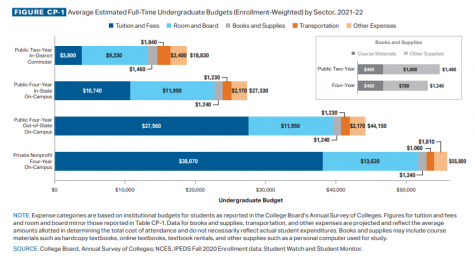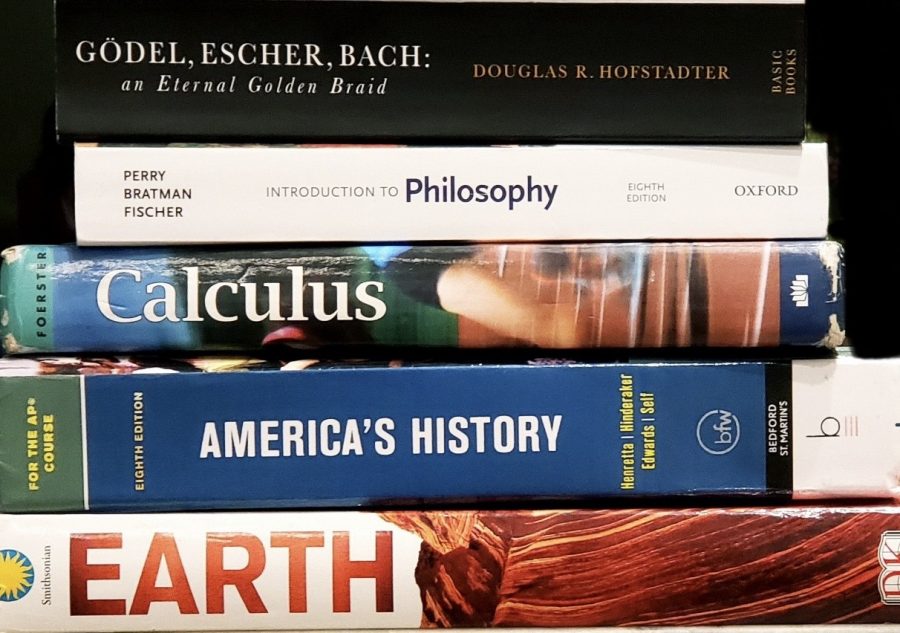High schools must follow statewide or national standards. Because of this requirement, most teachers use the same textbooks.
Consequently, schools can bulk purchase textbooks. The schools then lend students the relevant texts from the school library.
In contrast, colleges are less restricted. Standards for courses still exist, but the professors decide what materials they want to use.
As a result, college students must purchase their course materials. According to research by the College Board, the average four-year university student pays $1,240 for books and supplies. $500 of that is for course materials.
Some textbook publishing companies, like Pearson, have taken a new approach to selling textbooks to college students. Following Netflix’s example, these companies are creating eTextbook subscription services, like Pearson’s Pearson+.
Pearson+ offers one eTextbook at $9.99 per month and access to Pearson’s collection of over 1,500 eTextbooks for $14.99 per month.
Pearson’s CEO, Andrew Bird, describes the new app as tailored for student interests.
“Students are clear that they prefer the convenience and affordability of digital learning tools like Pearson+. With Pearson+, we are reimagining the learning experience for students,” Bird said.
However, not all college students find apps like Pearson+ essential. One such student is Carlmont alumnus Alexander Wang, who currently attends Cornell University in New York.
Wang doesn’t always find it necessary to purchase textbooks for courses. He points out that many professors provide digital copies of the required texts, and it is often unnecessary to own textbooks.
Wang also shares that when he does spend money on a textbook, he prefers a more permanent investment than what is provided by a subscription service.
“I’d personally not pay for a subscription service textbook. Once I pay for material, I prefer to be able to reference it forever. As a result, I never ‘rent a textbook’ or engage in any online material purchases that aren’t forced upon me by the course,” Wang said.

As Wang points out, there are many ways to get textbooks for free, and many texts are also worth having permanently. For the former, college libraries have copies of a large number of textbooks.
While subscription apps like Pearson’s may not be for everyone, these programs provide another option for college students.
Carlmont senior Mira Wakefield is not sure if she will use a subscription service but does believe that it could be helpful.
“There’s a whole lot to think about with college ahead. Textbooks are just one piece of the puzzle, but it sounds like a subscription service could definitely help students like me balance the costs and responsibilities of college life,” Wakefield said.












